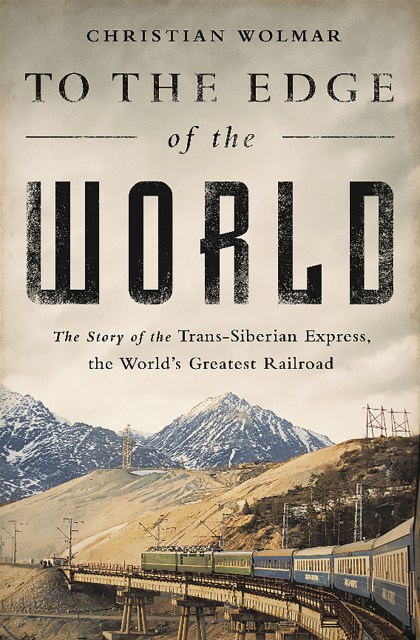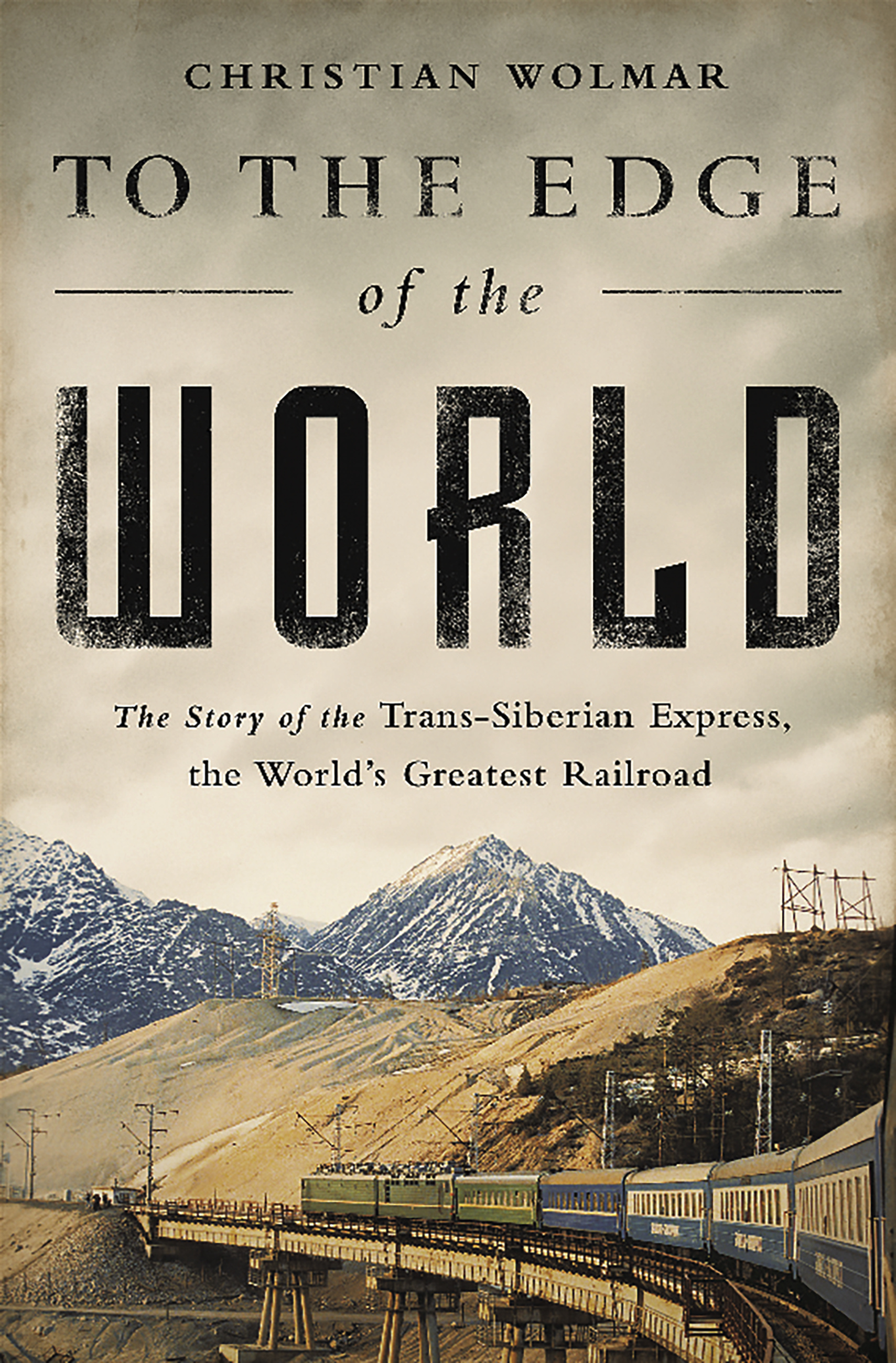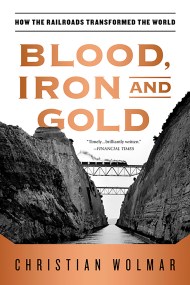Promotion
25% off sitewide. Make sure to order by 11:59am, 12/12 for holiday delivery! Code BEST25 automatically applied at checkout!
By clicking “Accept,” you agree to the use of cookies and similar technologies on your device as set forth in our Cookie Policy and our Privacy Policy. Please note that certain cookies are essential for this website to function properly and do not require user consent to be deployed.
To the Edge of the World
The Story of the Trans-Siberian Express, the World's Greatest Railroad
Contributors
Formats and Prices
- On Sale
- Apr 5, 2016
- Page Count
- 320 pages
- Publisher
- PublicAffairs
- ISBN-13
- 9781610396363
Price
$21.99Price
$28.99 CADFormat
Format:
- Trade Paperback $21.99 $28.99 CAD
- ebook $11.99 $15.99 CAD
This item is a preorder. Your payment method will be charged immediately, and the product is expected to ship on or around April 5, 2016. This date is subject to change due to shipping delays beyond our control.
Buy from Other Retailers:
The line sprawls over a treacherous landmass that was previously populated only by disparate tribes and convicts serving out their terms in labor camps — where men were regularly starved, tortured, or mutilated for minor offenses. Once built, it led to the establishment of new cities and transformed the region’s history. Exceeding all expectations, it became, according to Wolmar, “the best thing that ever happened to Siberia.”
It was not all good news, however. The railroad was the cause of the 1904-1905 Russo-Japanese War, and played a vital — and at times bloody — role in the Russian Revolution and the subsequent Civil War. More positively, the Russians were able to resist the Nazi invasion during the Second World War as new routes enabled whole industries to be sent east. Siberia, previously a lost and distant region, became an inextricable part of Russia’s cultural identity. And what began as one meandering, single-track line is now, arguably, the world’s most important railroad.
Genre:
Newsletter Signup
By clicking ‘Sign Up,’ I acknowledge that I have read and agree to Hachette Book Group’s Privacy Policy and Terms of Use



